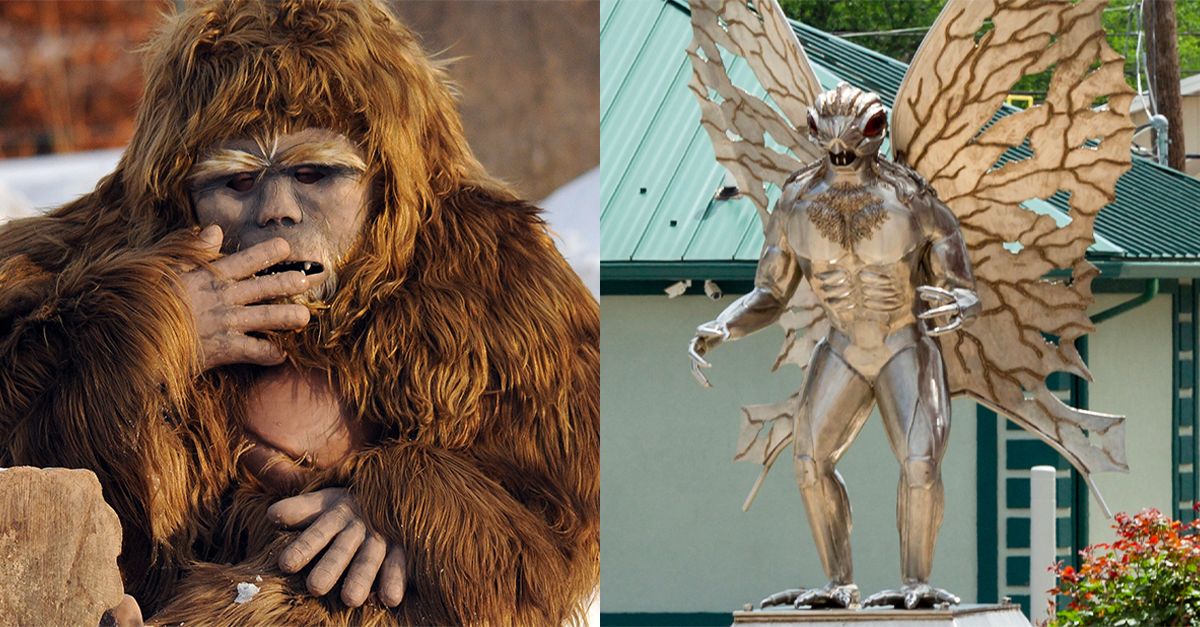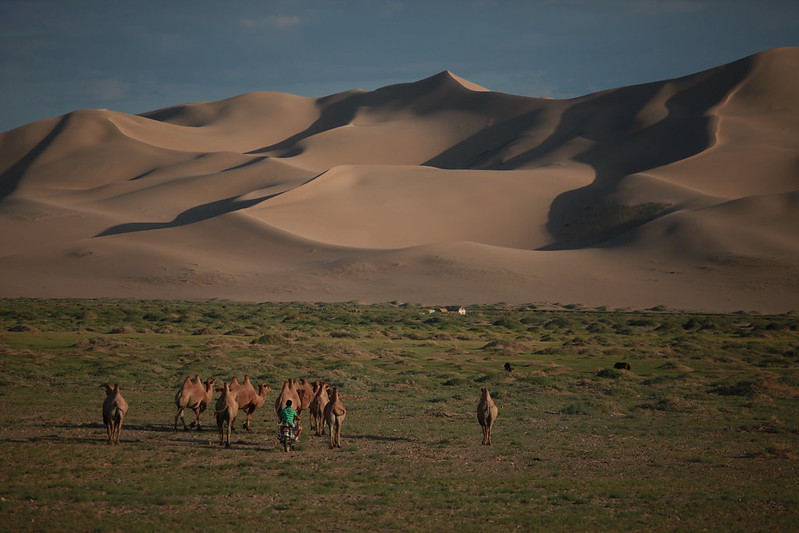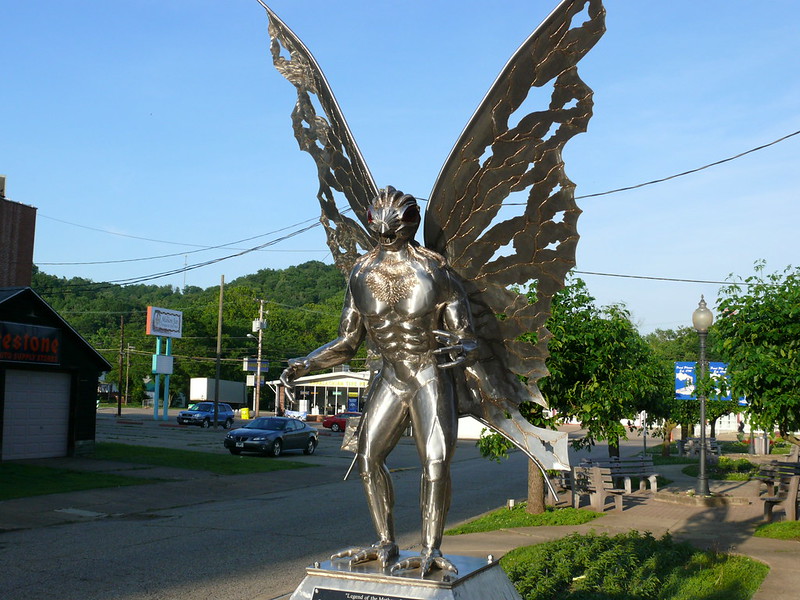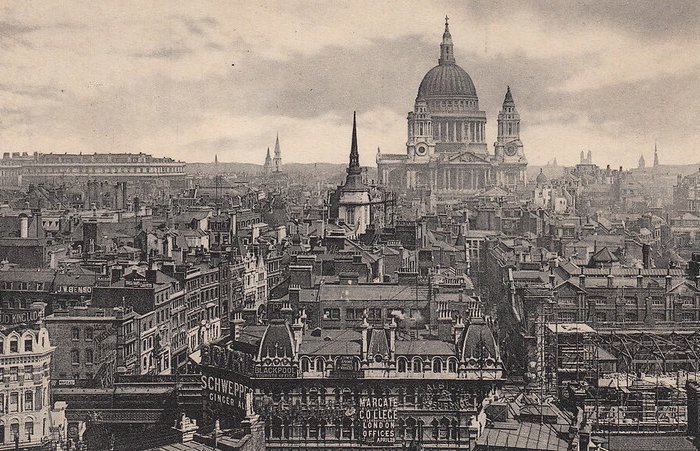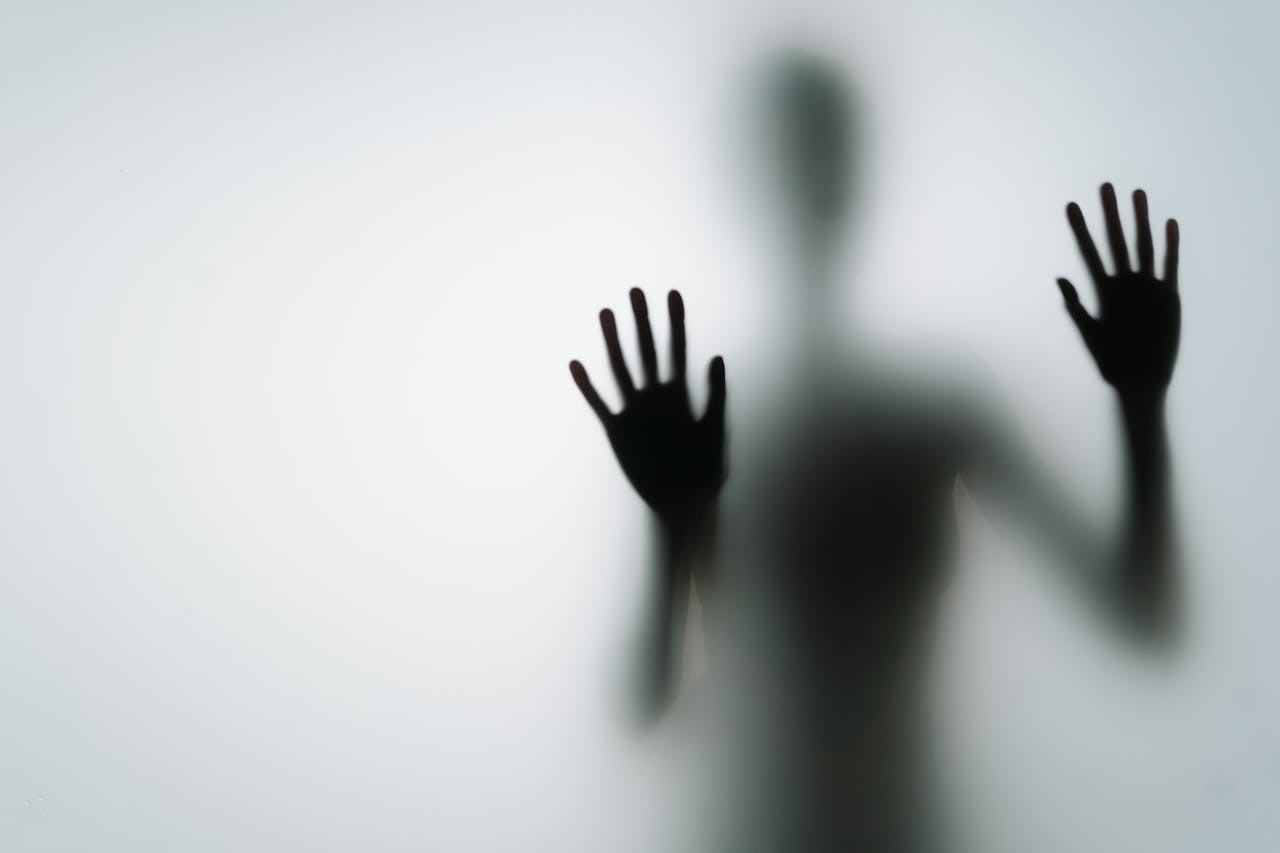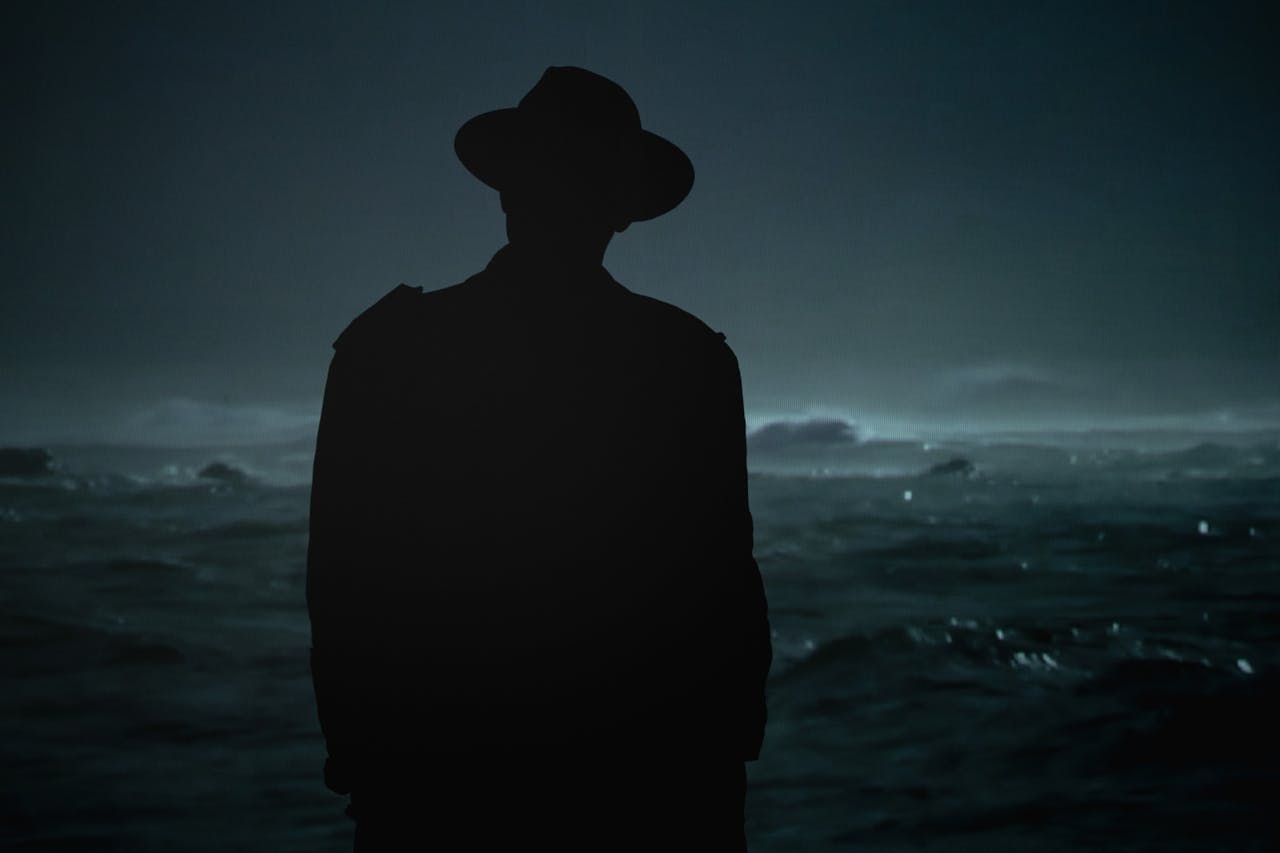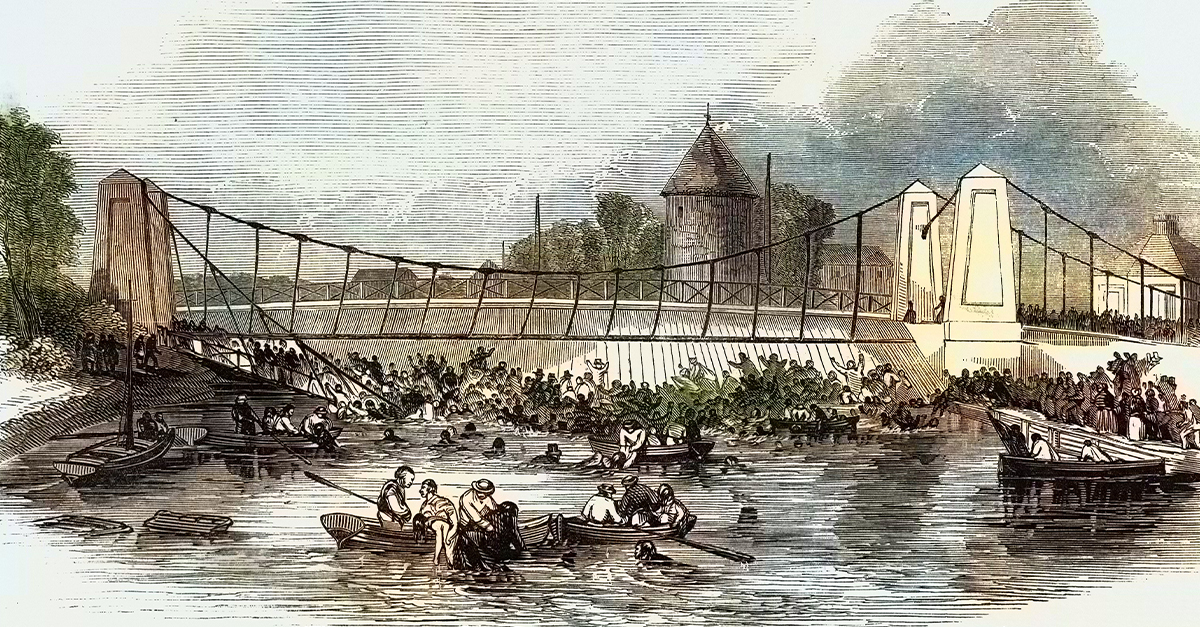Do You Believe In Legends?
For supernatural enthusiasts everywhere, these are the destinations best known for their legendary monsters.
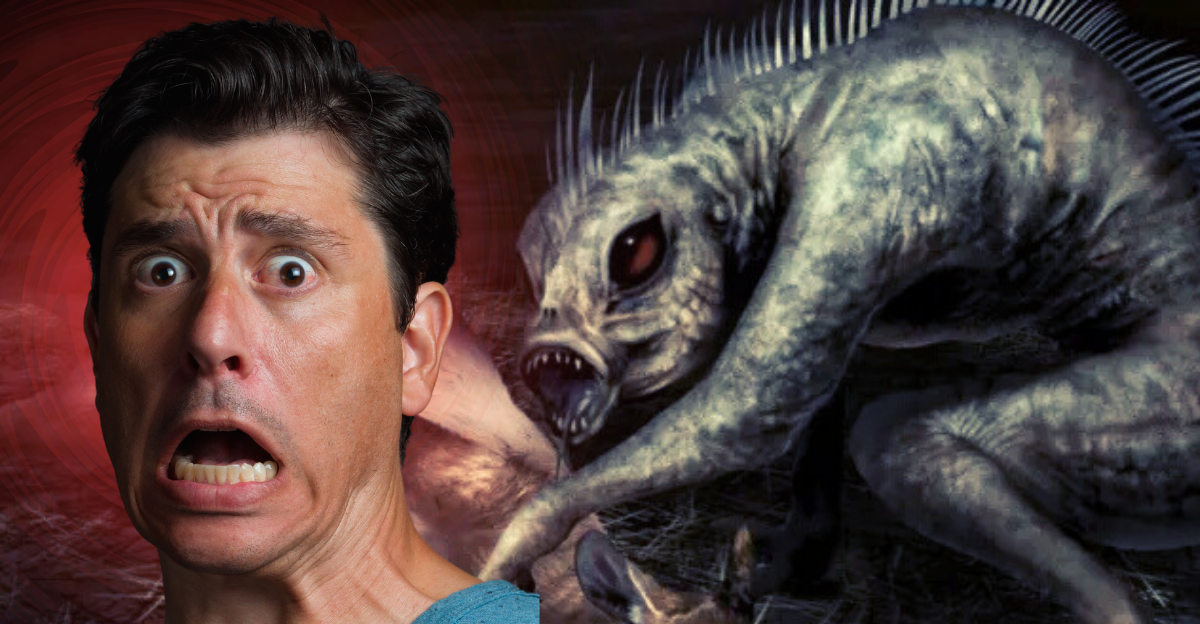
Mongolian Death Worm
Location: Gobi Desert
The Mongolian Death Worm is reminiscent of the fictional sandworms in Frank Herbert's Dune. According to legend, this red-colored monster slithers beneath the scorching sand, waiting to devour its prey.
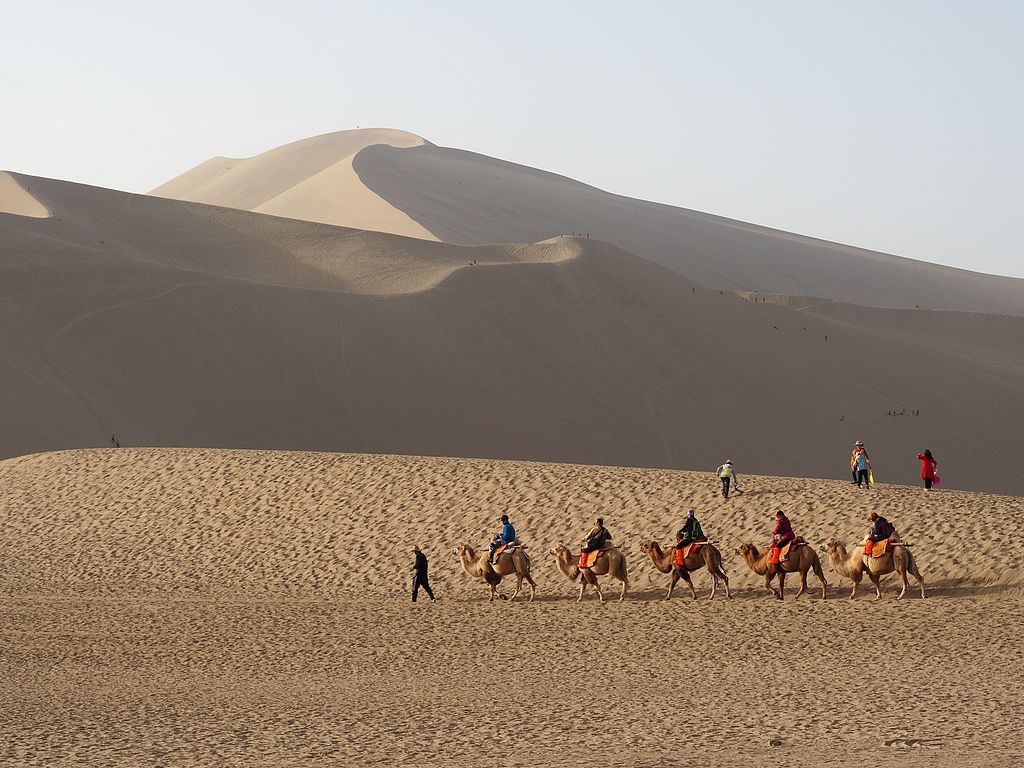 Laika ac, CC BY-SA 2.0, Wikimedia Commons
Laika ac, CC BY-SA 2.0, Wikimedia Commons
Venom Sprayer
Like most of the monsters on this list, the Mongolian Death Worm is not cute. About two to five feet in length, it breaks the sand's surface to take down its victims, spraying venom at the same time. It can also electrically shock them.
With a backstory like that, it's no wonder that nomadic tribes have feared this mythical creature for so long.
Loch Ness Monster
Location: Scotland
Legends whisper of a mysterious creature lurking beneath the shadowy waters of Scotland’s Loch Ness. Known as the infamous Loch Ness Monster, its story stretches back over 1,400 years—to a first reported sighting in 565 AD that still fuels curiosity and wonder today.
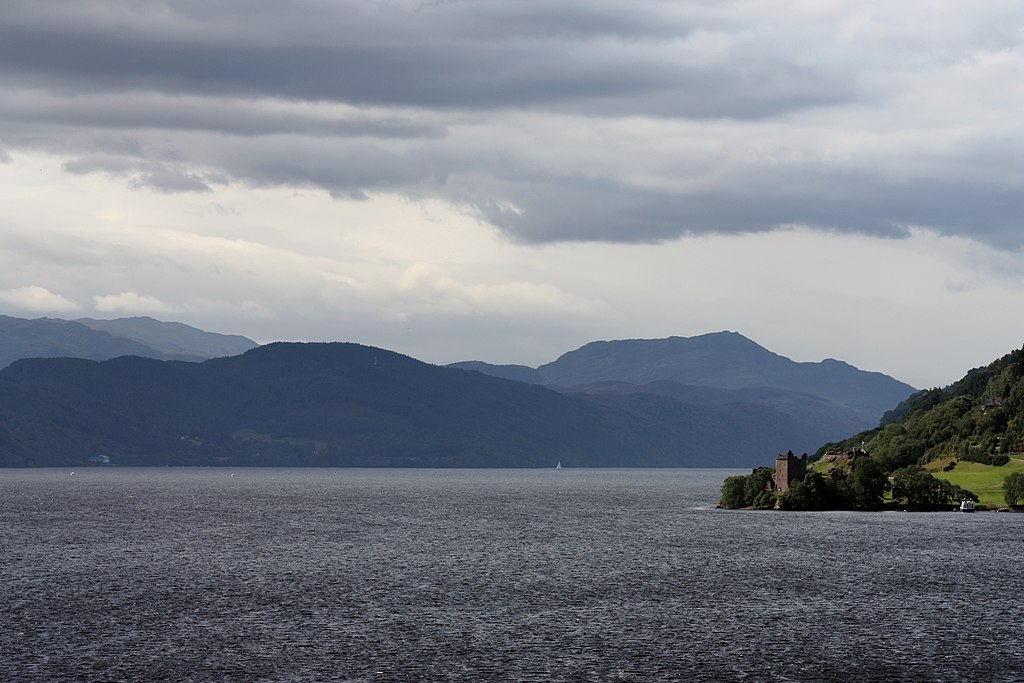 Guillaume Pioll, Wikimedia Commons
Guillaume Pioll, Wikimedia Commons
A Sea Serpent
The Loch Ness Monster, sometimes called Nessie, is rumored to be a plesiosaur or sea serpent. The creature has captivated the minds of monster hunters everywhere, and there has been no shortage of phony photographs and ruses surrounding it.
Tourists continue to be drawn to the undying legend of the Loch Ness Monster.
The Mothman
Location: West Virginia, USA
Between 1966 and 1967, the residents of Point Pleasant experienced a string of nightmarish months. Many witnessed a monstrous-looking creature. Though it had some human features, it also had red eyes and a 10-foot wingspan. It was seven feet tall. This was the Mothman.
Paranormal Activity
These sightings of the Mothman were terrifying enough, but reportedly they also came with some paranormal occurrences. Residents claimed that their pets had disappeared and that they'd experienced unusual television interference. Unfortunately, this was only the tip of the iceberg.
 Charles Johnson, Wikimedia Commons
Charles Johnson, Wikimedia Commons
He Was To Blame
On December 15, 1967, tragedy struck during the busiest hour when the Silver Bridge suddenly collapsed, claiming 46 lives. In the wake of the disaster, superstitious locals whispered about a mysterious winged figure—the ominous Mothman—blamed by many for the catastrophe.
 Federal Highway Administration, Wikimedia Commons
Federal Highway Administration, Wikimedia Commons
El Chupacabra
Location: Latin America
El Chupacabra is a legendary bloodsucking creature that some say roams parts of Puerto Rico, Mexico, Latin America, and the US. And its origin story is not for the faint of heart.
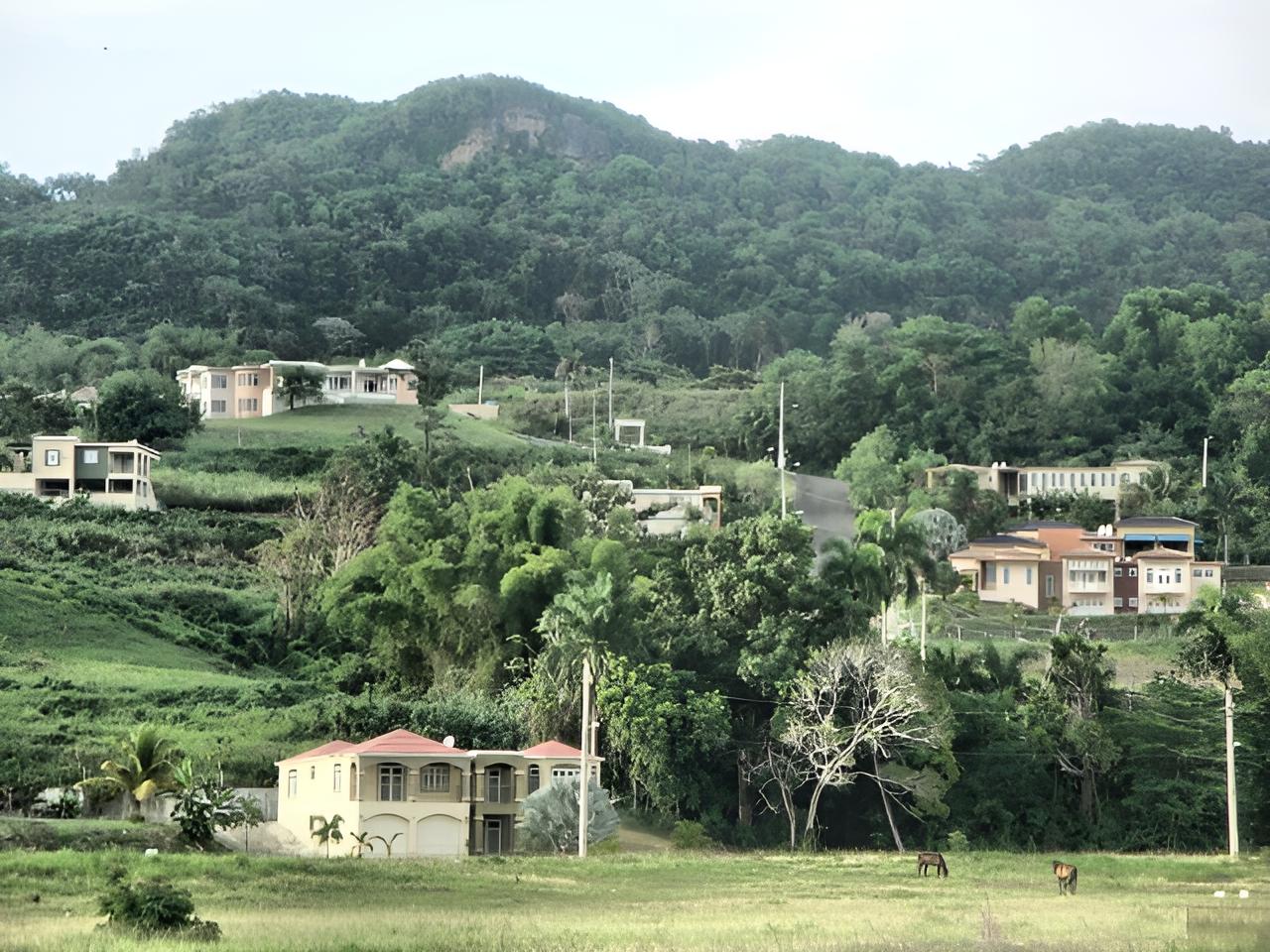 Nelson Corales, CC BY-SA 2.0, Wikimedia Commons
Nelson Corales, CC BY-SA 2.0, Wikimedia Commons
A Bloodsucking Creature
In 1995, people began discovering that their farm animals had met gruesome ends. Some reported that the bloody-thirsty creature responsible was a hairless monster with an egg-shaped head—the El Chupacabra.
The Sobering Truth
Tales of the El Chupacabra describe a fearsome beast with razor-sharp fangs, glowing red eyes, and jagged spikes running down its back. But biologists offer a more grounded theory—insisting this terrifying creature is likely just a coyote ravaged by mange.
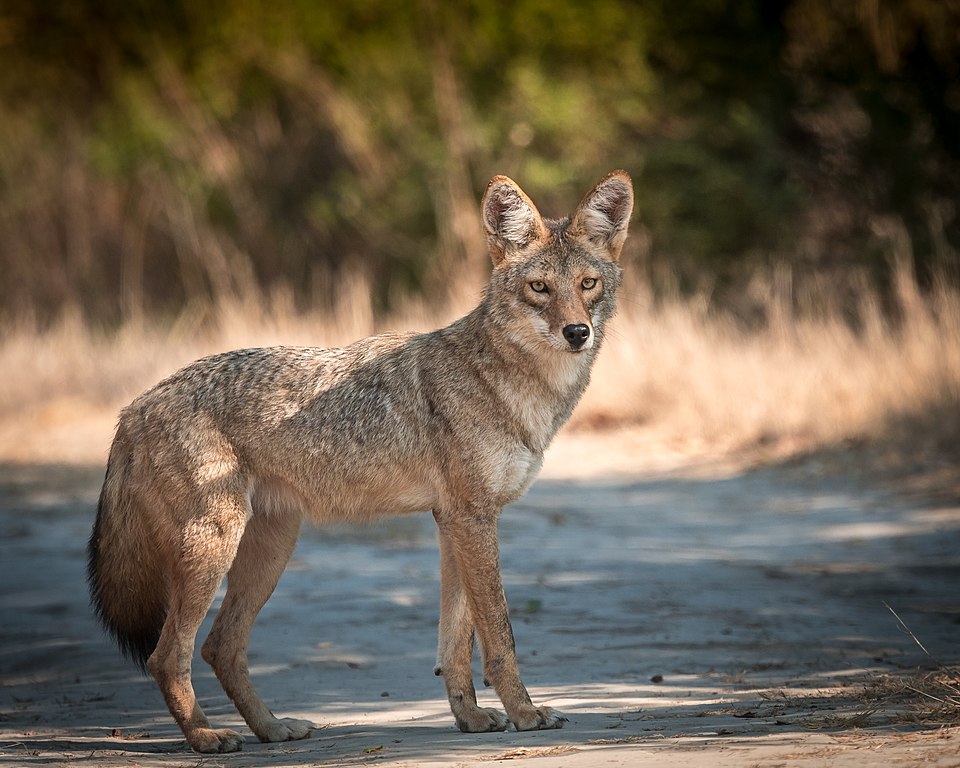 Becky Matsubara, CC BY 2.0, Wikimedia Commons
Becky Matsubara, CC BY 2.0, Wikimedia Commons
The New Jersey Devil
Location: New Jersey
The New Jersey Devil has a very odd appearance. Standing on two feet, it has small arms, bat wings, a horse's head, sharp claws, and a forked tail. It's also said to have blood-curdling scream.
 Historic American Buildings Survey (HABS), Wikimedia Commons
Historic American Buildings Survey (HABS), Wikimedia Commons
Birthing A Monster
Though it has origins in Native American folklore, the legend of the New Jersey Devil had the rumor mill churning overtime in 1735. That year, a resident allegedly birthed one of these monsters.
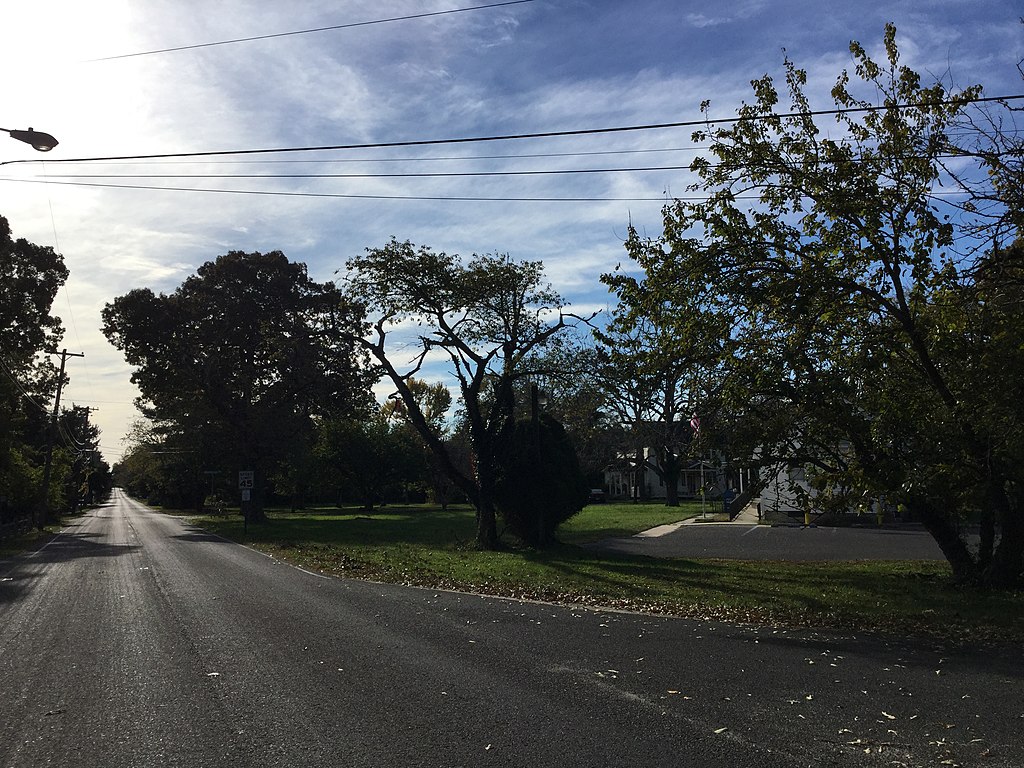 LaetusStudiis, Wikimedia Commons
LaetusStudiis, Wikimedia Commons
Spring-Heeled Jack
Location: England
In 1837, the Spring-Heeled Jack made its mark on Victorian London. This legendary monster had sinister features—hands with metal claws and piercing, scarlet eyes.
 Unknown Author, Wikimedia Commons
Unknown Author, Wikimedia Commons
Blue Fire
Beyond its terrifying look, Spring-Heeled Jack was said to leap incredible heights—vaulting rooftops with ease. But the horror didn’t stop there: it reportedly hunted by tearing flesh from its victims, all while spewing eerie blue flames.
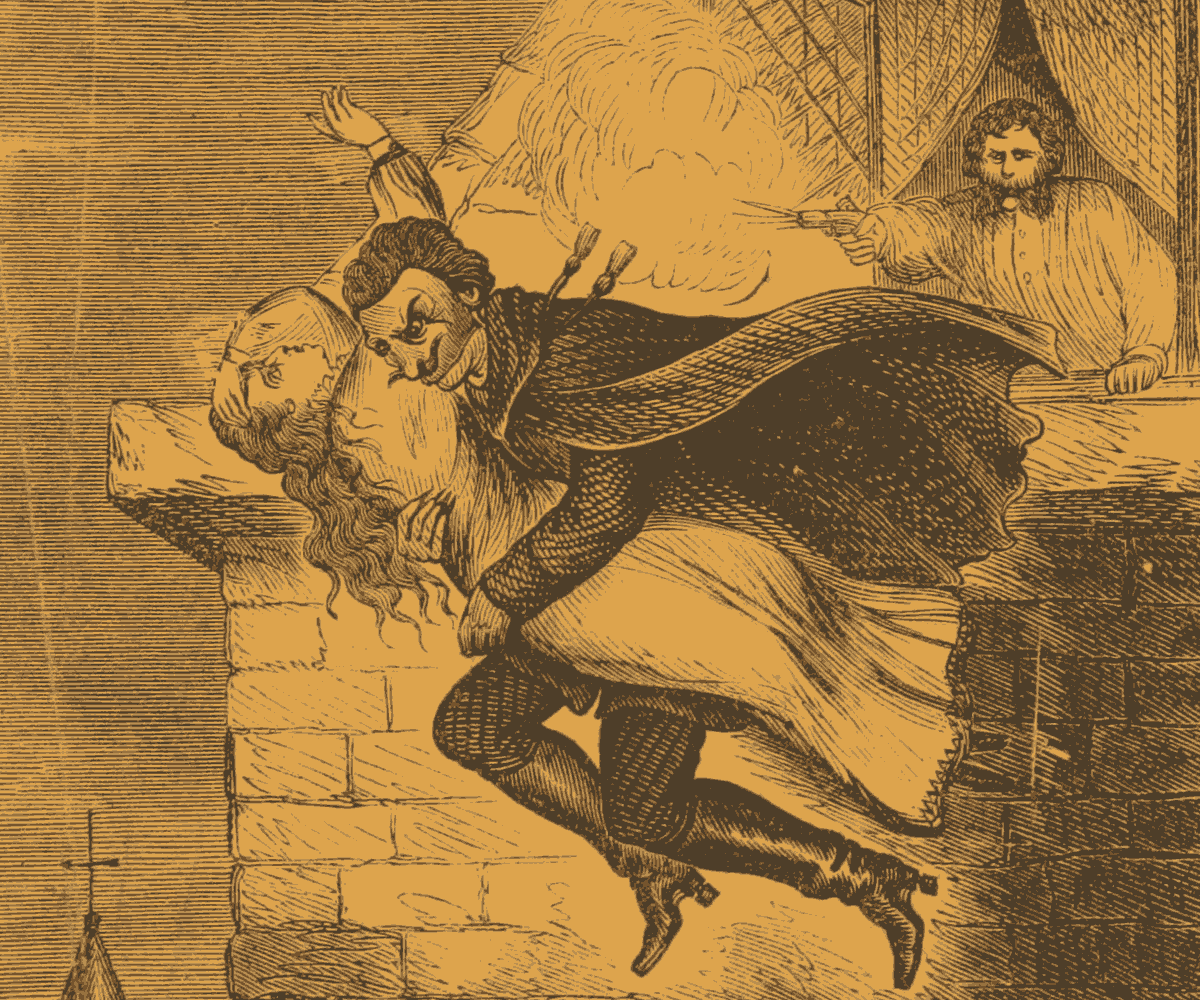 Unknown Author, Wikimedia Commons
Unknown Author, Wikimedia Commons
On The Move
As the 19th century came to a close, there were even more reported sightings of the Spring-Heeled Jack. People claimed to see the monster in places other than London: Lincolnshire, Liverpool, and Scotland.
Bigfoot
Location: North America, Australia, and Nepal
There are many names for one of the most infamous monsters of all time, Bigfoot. It's also known as the Yeti, the Abominable Snowman, Sasquatch, and Yowie.
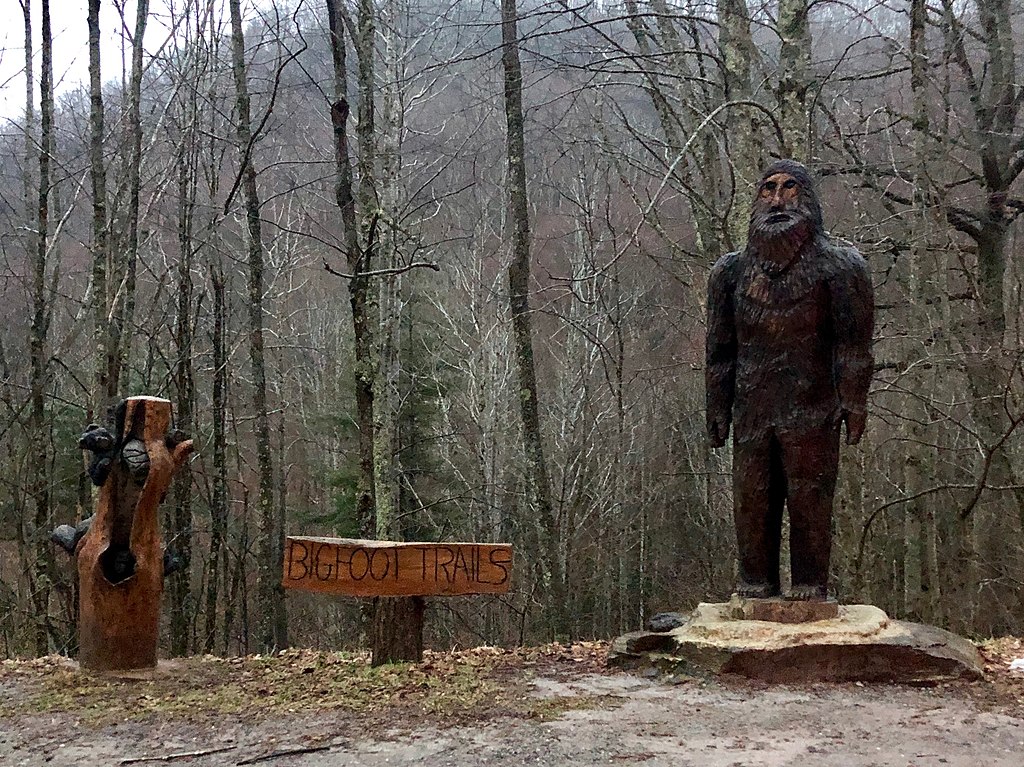 Warren LeMay, Wikimedia Commons
Warren LeMay, Wikimedia Commons
A Smelly Beast
Across cultures, countless witnesses have reported sightings of a towering, ape-like creature walking upright. Known as Bigfoot, this elusive giant is said to reek of a pungent odor, sport enormous feet, and be covered head to toe in thick hair.
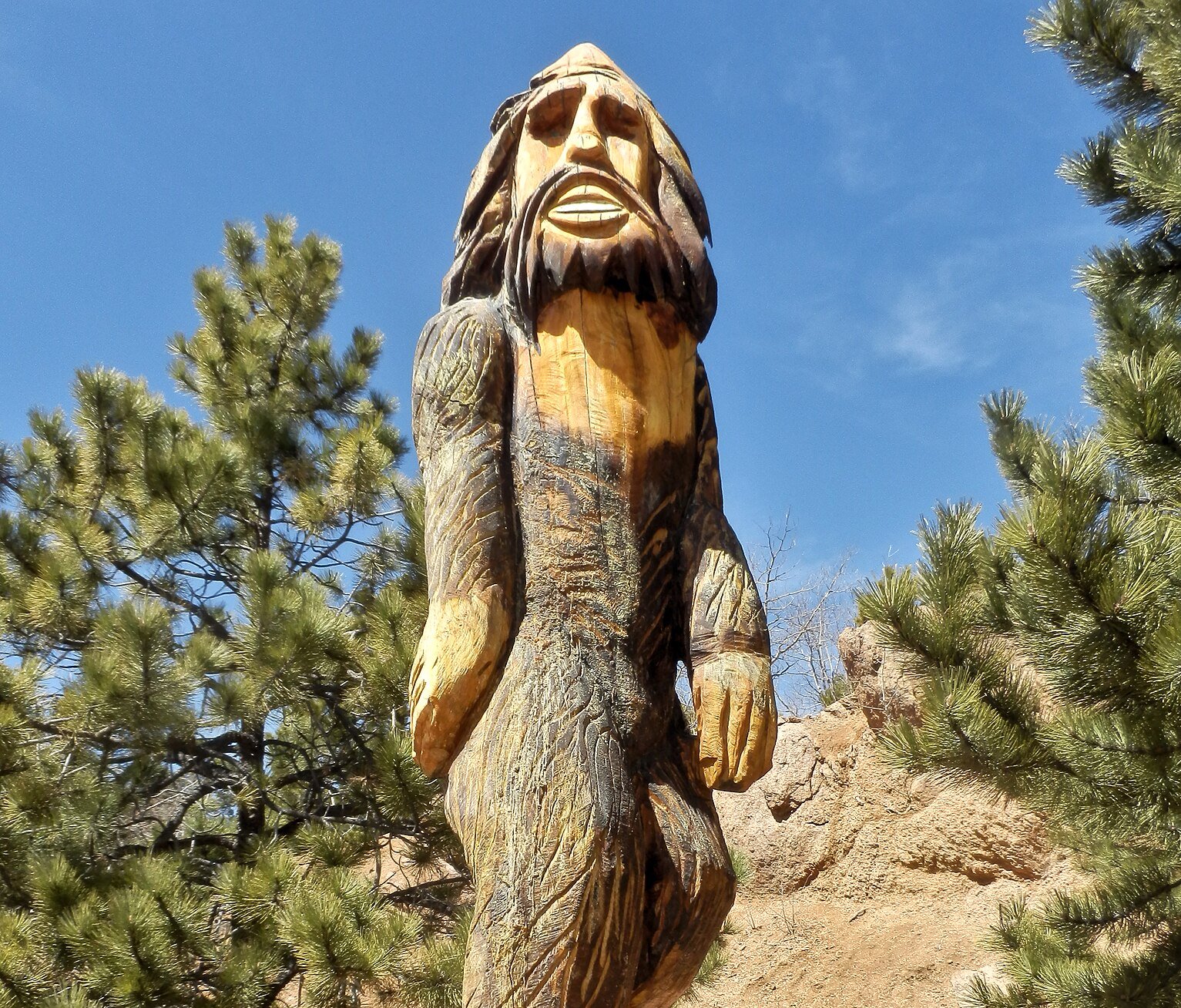 Alexander Migl, CC BY-SA 4.0, Wikimedia Commons
Alexander Migl, CC BY-SA 4.0, Wikimedia Commons
Caught On Camera
True believers have tried to present some questionable evidence to prove Bigfoot's existence. They've cast massive footprints, snapped blurry photos, and caught the beast on film. Scientists, however, remain unconvinced.
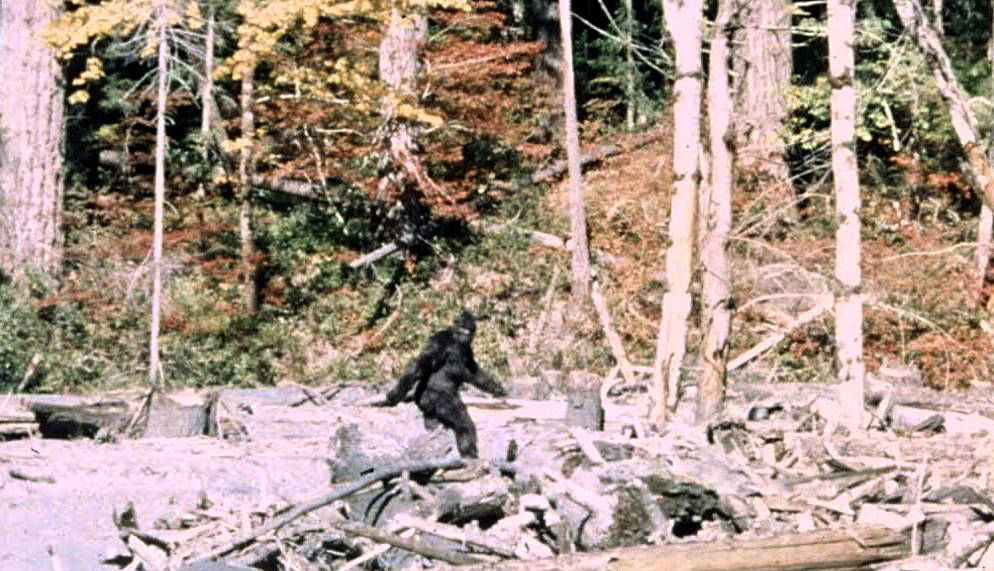 Roger Patterson and Robert Gimlin, Wikimedia Commons
Roger Patterson and Robert Gimlin, Wikimedia Commons
Bunyip
Location: Australia
The Bunyip dwells in watery settings, including billabongs, ponds, and creeks—and it certainly isn't pretty to look at. The creature supposedly has huge eyes, curling tusks, and even flippers.
 Nickm57, CC BY-SA 4.0, Wikimedia Commons
Nickm57, CC BY-SA 4.0, Wikimedia Commons
It Comes At Night
The Bunyip has its roots in Indigenous folklore—and in the early 1880s, there were sightings of this unique creature. According to legend, the Bunyip rears its head at night and hunts down women, children, and other animals.
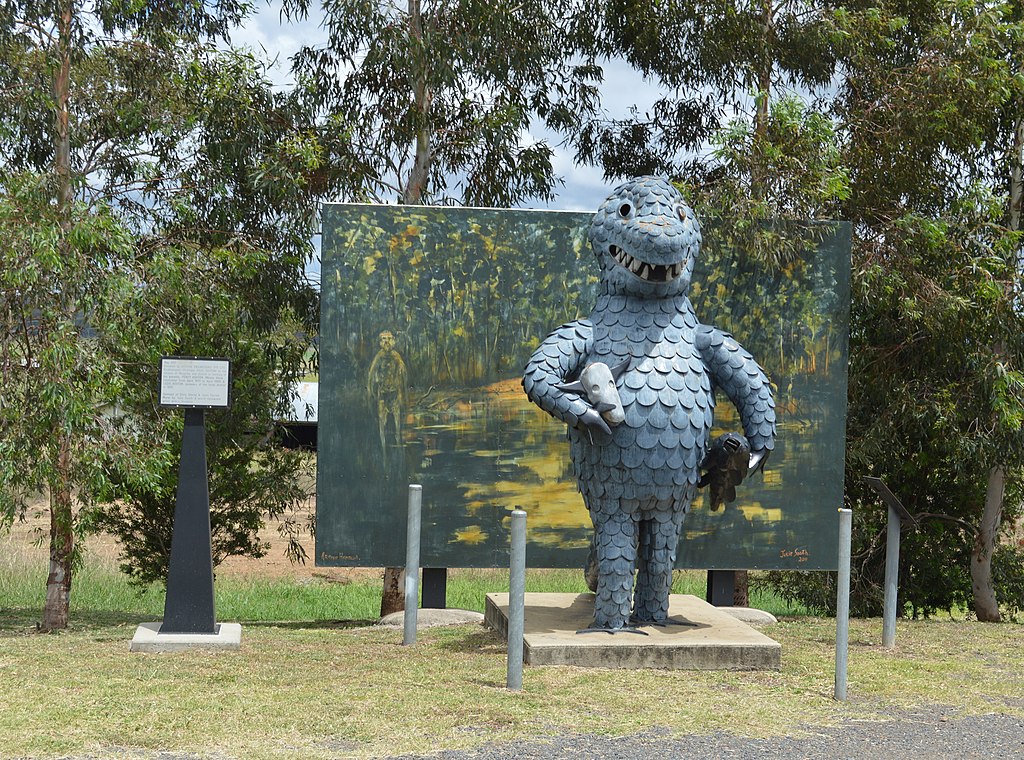 Mattinbgn, CC BY 3.0, Wikimedia Commons
Mattinbgn, CC BY 3.0, Wikimedia Commons
Shadow People
Location: Worldwide
Shadow People may not be flesh and bone, but their presence can ripple through the physical world. Nearly every corner of the globe holds its own ghostly tales—and these shadowy figures often appear as dark shapes flickering just beyond your direct gaze, caught only in the corner of your eye.
The Hat Man
One example of a shadow person is an entity known as the "Hat Man"—and what sets him apart is the the fedora he wears. Reportedly, the Hat Man and sleep paralysis often come hand in hand.
Accounts of the "Hat Man" are quite recent—around the late 2000s.
Shapeshifters
Location: Worldwide
What are shapeshifters? Vampires and werewolves would be the most popular examples, but it's also any creature that transforms from one thing to another.
In fact, numerous cultures have unique legends in regards to shapeshifters.
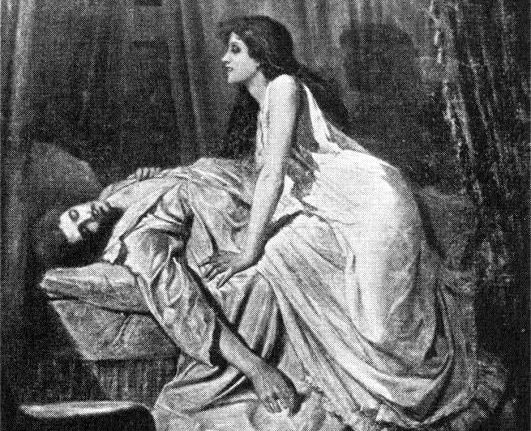 Philip Burne-Jones, Wikimedia Commons
Philip Burne-Jones, Wikimedia Commons
They Can Be Found Everywhere
From Filipino to Celtic, Slavic to Native American, and Japanese folklore, shapeshifters appear across cultures worldwide. While many of these creatures are feared as dangerous monsters, some—like Japan’s cunning Kitsune—are mischievous tricksters, blurring the lines between friend and foe.
 Utagawa Kuniyoshi, Wikimedia Commons
Utagawa Kuniyoshi, Wikimedia Commons

